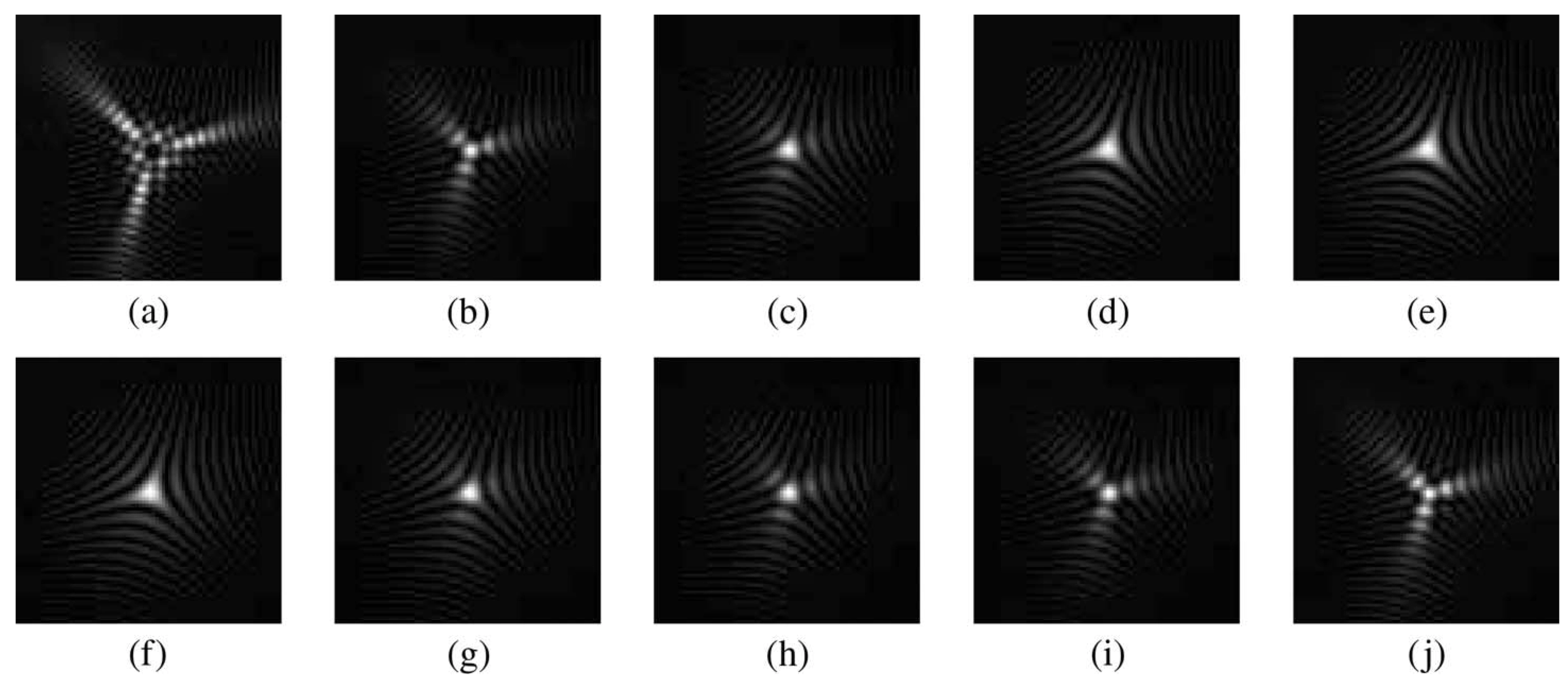Abstract
Iris recognition can offer high-accuracy person recognition, particularly when the acquired iris image is well focused. However, in some practical scenarios, user cooperation may not be sufficient to acquire iris images in focus; therefore, iris recognition using camera systems with a large depth of field is very desirable. One approach to achieve extended depth of field is to use a wavefront-coding system as proposed by Dowski and Cathey, which uses a phase modulation mask. The conventional approach when using a camera system with such a phase mask is to restore the raw images acquired from the camera before feeding them into the iris recognition module. In this paper, we investigate the feasibility of skipping the image restoration step with minimal degradation in recognition performance while still increasing the depth of field of the whole system compared to an imaging system without a phase mask. By using a simulated wavefront-coded imagery, we present the results of two different iris recognition algorithms, namely, Daugman’s iriscode and correlation-filter-based iris recognition, using more than 1000 iris images taken from the iris challenge evaluation database. We carefully study the effect of an off-the-shelf phase mask on iris segmentation and iris matching, and finally, to better enable the use of unrestored wavefront-coded images, we design a custom phase mask by formulating an optimization problem. Our results suggest that, in exchange for some degradation in recognition performance at the best focus, we can increase the depth of field by a factor of about four (over a conventional camera system without a phase mask) by carefully designing the phase masks.
